
The pubic symphysis is a secondary cartilaginous joint between the left and right superior rami of the pubis of the hip bones. It is in front of and below the urinary bladder. In females, the pubic symphysis is close to the clitoris.
The symphysis pubis separates to some degree during childbirth. In some women this separation can become a diastasis of the symphysis pubis. The diastasis could be the result of a rapid birth, or a forceps delivery, or may be a prenatal condition.
In some people, the pubic symphysis can become inflamed and irritated, causing the symptoms of osteitis pubis. The most common symptom of osteitis pubis is pain over the front of the pelvis. Other symptoms include:
- Pain while running, walking, kicking, or changing direction
- A clicking or popping sensation when shifting positions
Treatment varies, but rest is usually recommended to alleviate the symptoms of osteitis pubis. Other ways to help include hot packs, cold packs, and pain medications. Unfortunately osteitis pubis can be unresponsive to treatment, and can take from 6 months to 2 years to heal.
Inflammation in the joints between the sacrum and pelvic bone can be a result of arthritis, falling, or wear and tear.
There are a variety of things one can do for bone and cartilage support, however, the usual items I recommend (like wintergreen, peppermint and eucalyptus), might be a little spicy for intimate areas! Here are some ideas that might be more comfortable :
1. CBD Calm roll on: Contains CBD (with zero THC) and lavender. Many essential oils have pain-relieving properties that can penetrate the skin and relieve pain in the pelvic area. For example, a study published in 2015 into the medicinal properties of lavender oil found that it can help to reduce inflammation. The study found that lavender oil has an anti-inflammatory effect when applied to the skin.
2. Valor oil blend, known as "chiropractor in a bottle", is usually applied topically to realign the spine, but can be used in other areas in need of readjustment
3. Another essential oil which has analgesic and anti-inflammatory properties is frankincense essential oil. Frankincense also reduces muscle tension by helping you to relax and reduce stress. Frankincense oil can be combined with a carrier oil to rub into joints for effective pain relief. The Journal of Ethnopharmacology in 2016 published a study showing how frankincense has pain-reducing qualities. The oil works to block COX-2 (an enzyme connected with inflammation) and “exhibits significant anti-inflammatory and analgesic effects.
4. Sulfurzyme is an MSM supplement that helps to support normal joint health by providing building blocks for strong collagen and strong cartilage. It also helps to normalize responses and recovery time after exercise.
5. AgilEase is a joint health supplement that supports healthy cartilage, flexibility and mobility, and the body’s natural response to inflammation after exercise.
Click this link and search for the products you want to try, or click directly on the product for more information.
Other things that could manage that area:
1. Radiofrequency has been tried as a method of treating articular cartilage damage in the joint.
2. Platelet-rich plasma (PRP) is emerging as a biological therapy for the treatment of cartilage injuries.





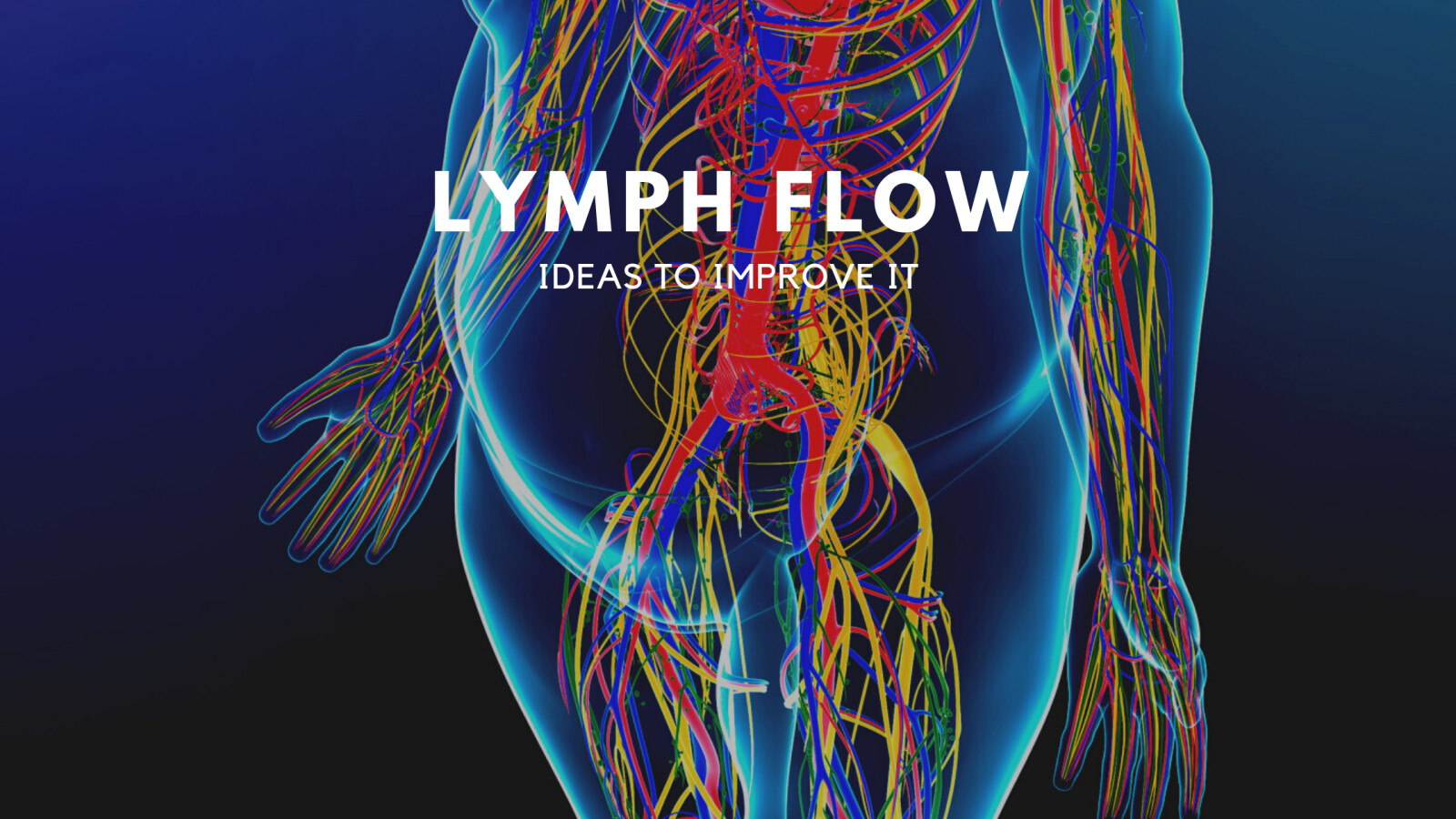
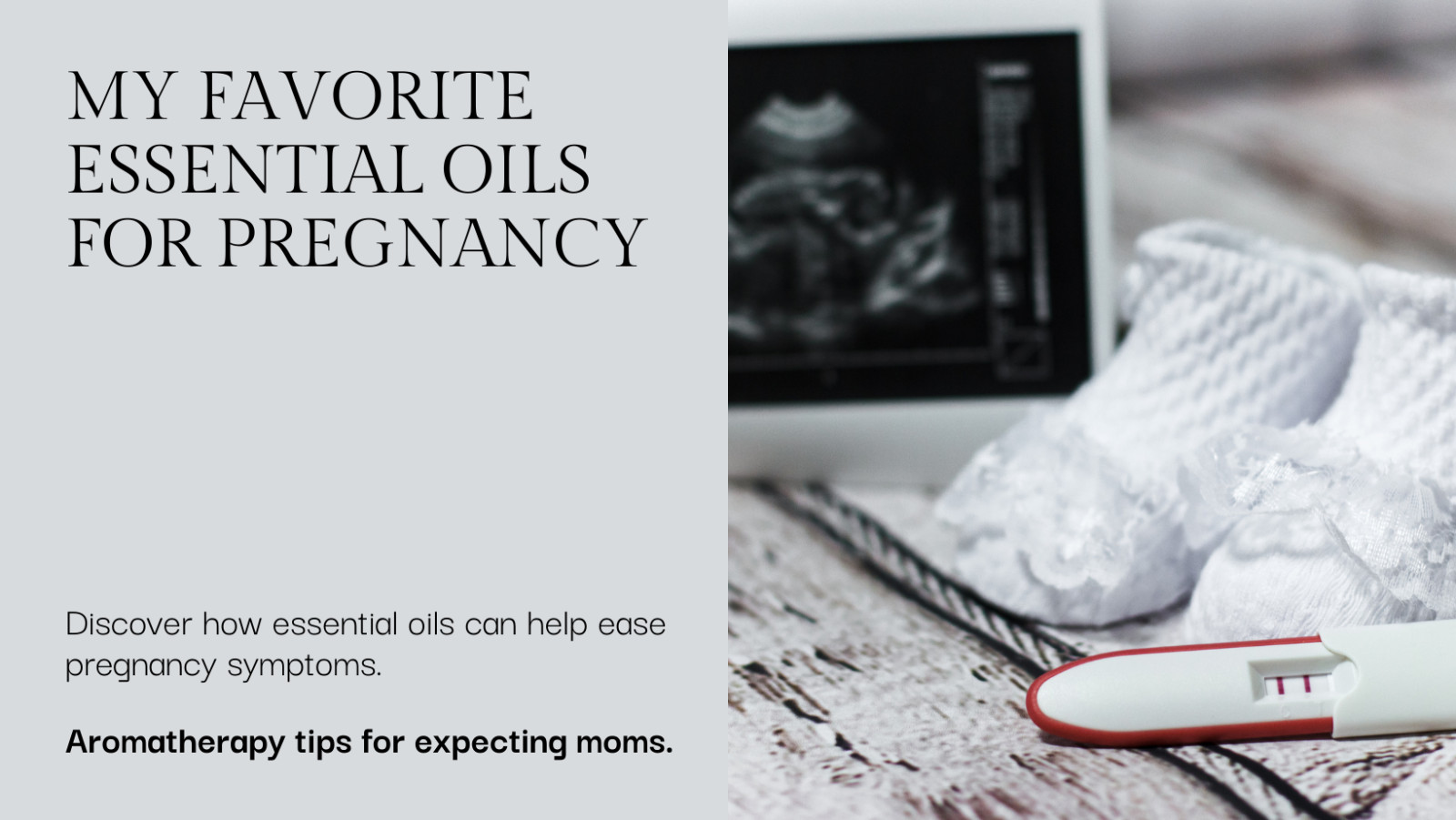

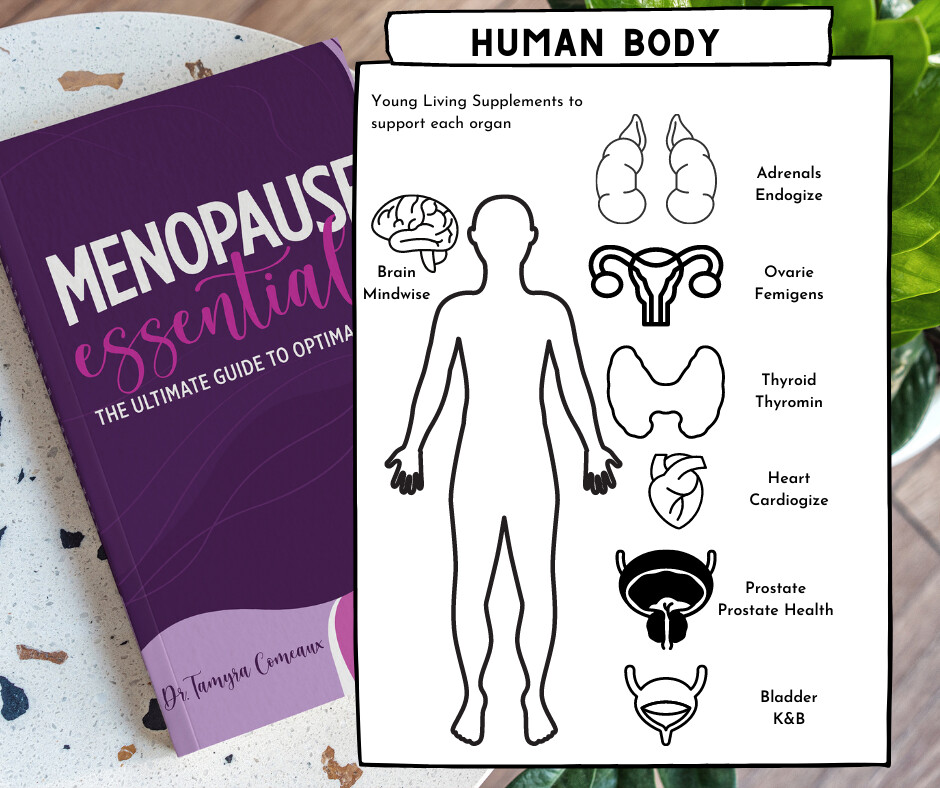


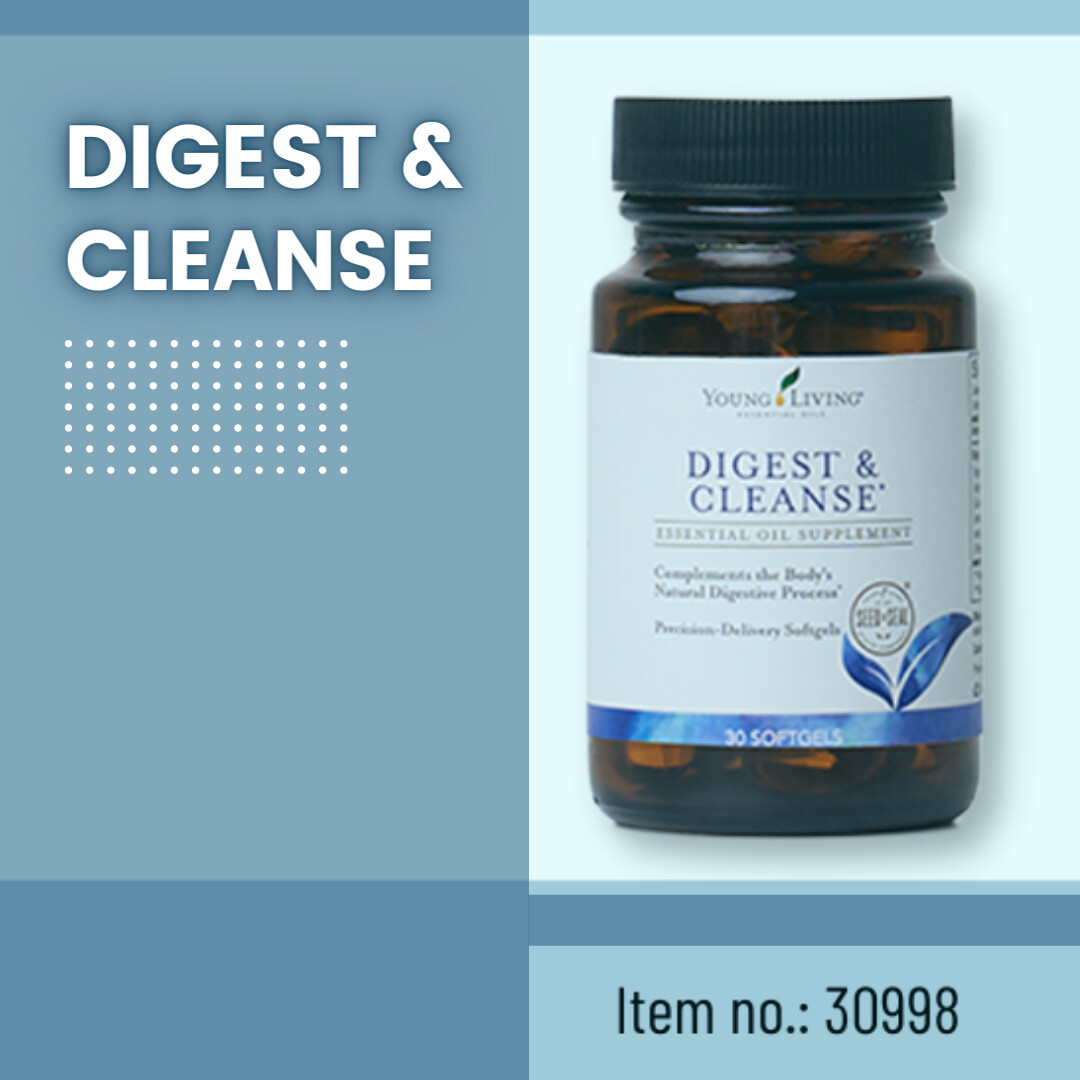
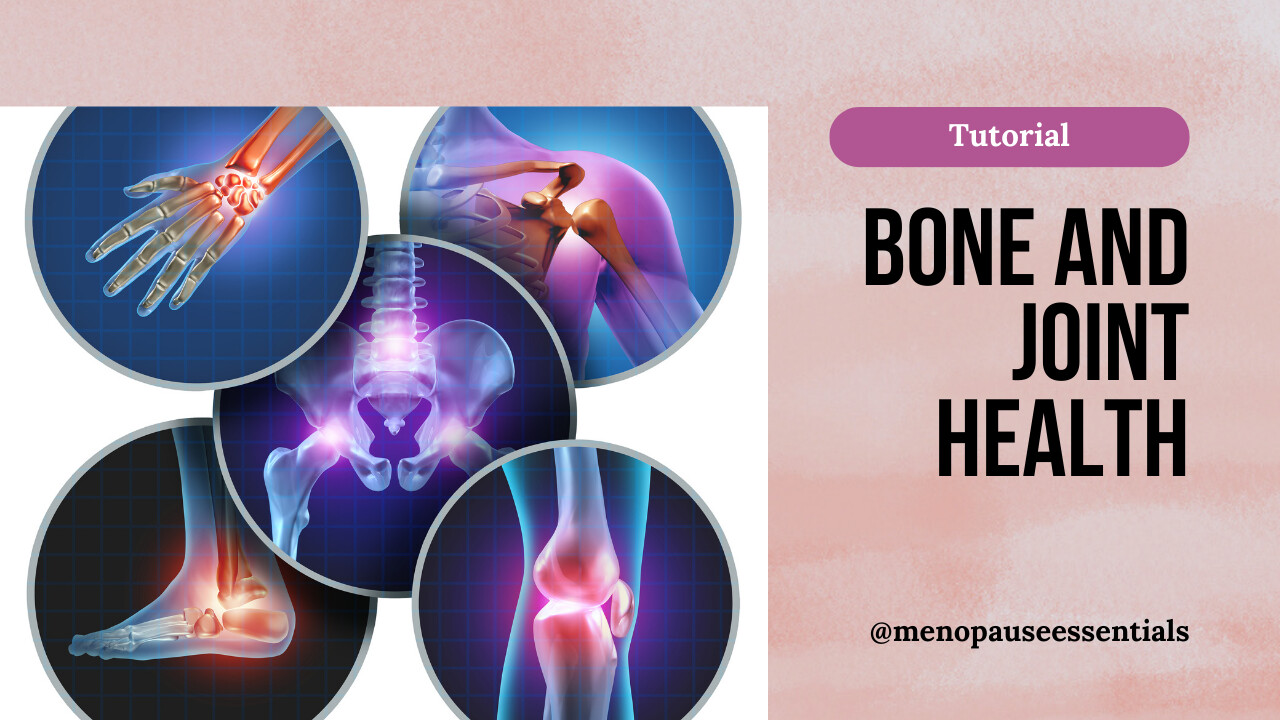

0 Comments